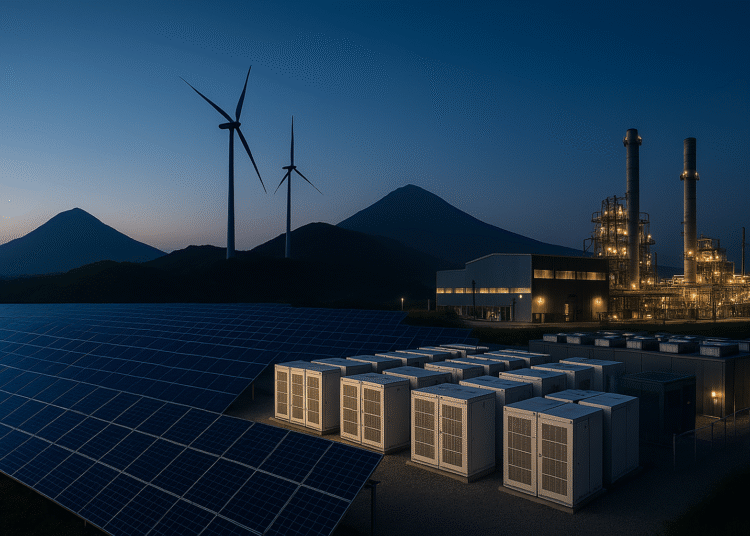Mining has always been energy-intensive. From powering drills and mills to operating refineries and processing plants, the industry consumes vast amounts of electricity and fuel. Today, that energy load is climbing even higher as demand for copper, lithium, nickel, rare earths, and other critical minerals accelerates in the race toward electrification and AI infrastructure.
But as the world shifts toward clean energy and grid reliability becomes uncertain, U.S. mining companies — both large and small — are rethinking how they power their operations.
🔋 Why Energy Is a Mining CEO’s Top Concern
- Rising Demand: Copper and lithium demand is expected to more than double by 2035, requiring round-the-clock operations.
- Grid Constraints: Mining often happens in remote regions where grid power is unreliable or unavailable.
- Deregulated Markets: In Texas and parts of the West, electricity pricing can swing wildly, creating risk.
- Sustainability Pressure: Institutional investors increasingly demand ESG progress from mining operators.
🌞 Hybrid Power Strategies Gaining Ground
Rather than relying solely on the grid, miners are now deploying hybrid energy systems that integrate:
- Solar & Wind Farms → Utility-scale projects located adjacent to mine sites.
- Battery Energy Storage Systems (BESS) → Balances intermittent renewables and reduces peak demand charges.
- Co-Generation (Combined Heat & Power) → Uses natural gas turbines to generate both electricity and thermal energy for processing.
- Islanded Microgrids → Keep operations online during blackouts or transmission bottlenecks.
🏭 Large-Cap Leaders Setting the Pace
Several publicly traded mining giants are already making big moves:
- Freeport-McMoRan (NYSE: FCX) — Among the world’s largest copper producers, Freeport has been integrating solar and battery storage projects across U.S. operations in Arizona and New Mexico.
- Newmont Corporation (NYSE: NEM) — The gold giant has invested in renewable projects near its Nevada mines, alongside studies on natural gas co-generation to stabilize baseload power.
- Rio Tinto (NYSE: RIO) — In Utah, Rio Tinto has tested renewable hybrids with battery storage to reduce reliance on grid power and lower emissions.
⛏️ Small-Cap & Mid-Tier Innovators
It’s not only the majors making progress. Smaller and mid-cap operators are proving especially nimble:
- Lithium Americas (NYSE: LAC) — At its Nevada lithium projects, hybrid designs include solar plus storage to support round-the-clock processing.
- Hecla Mining (NYSE: HL) — Focused on silver, Hecla has invested in microgrid studies to ensure resilient power for remote operations.
- Arizona Sonoran Copper (TSX: ASCU) — Exploring on-site solar and natural gas hybrid systems to minimize power volatility in the Southwest.
These smaller players are showing that innovation is possible without mega-cap budgets.
🌍 The Bigger Picture
Mining is no longer just about extraction — it’s about energy strategy. Every ton of copper, lithium, or nickel depends on reliable power. Without hybrid solutions that blend solar, wind, storage, and gas co-generation, the sector risks rising costs and stalled growth.
The upside? Companies that embrace energy innovation can reduce costs, improve sustainability metrics, and secure the power they need for the long term.
📌 Key Takeaway
Mining and energy are now inseparable. The U.S. mining companies — from giants like Freeport-McMoRan and Newmont to emerging names like Lithium Americas and Arizona Sonoran Copper — are proving that battery storage, renewables, and natural gas co-generation are no longer optional. They are essential tools for staying competitive in a world where energy is strategy.For more insights on how industries are navigating the clean energy transition, visit:
👉 PositivePhil.com | EcoBusinessNews.com


















